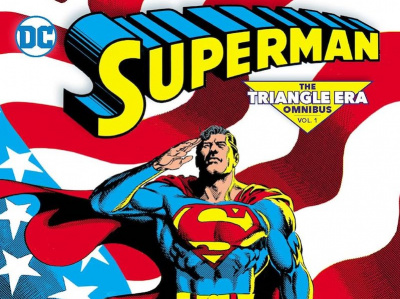
Borders Group, the #2 book retailer in the
Borders cut its inventory by roughly another $50 million in this quarter; it was down $181.7 million vs. the year ago period, compared to a reduction of $133 million at the end of last quarter (see “Borders Sales Slipping Too”). CEO George Jones acknowledged that the inventory cuts were hurting sales. “I think the place where we probably did cost ourselves some sales, honestly, is we’ve taken our inventory levels down over 14% and that’s a lot,” he said in the conference call Wednesday morning. “We did this as best we could but frankly to think that we did this with enough surgical precision that we took our inventories down over 14% and didn’t affect sales at least to some degree I think would be pretty naïve on our part.”
Although music took the biggest inventory hit by category, books felt the pain too, and graphic novels were definitely part of that. Manga publishers in particular (although Borders is the #2 book chain, it’s the #1 manga retailer in the country) saw a lot of books come back in the first half of this year. And Jones’ comment about lost sales is probably all too true. We visited a Borders store recently that was out of stock on nine of the 30 Naruto manga volumes; in the past that store typically had all but one or two volumes in stock. If that’s what’s happening to Borders’ #1 manga series, the impact on sales is undoubtedly significant. And although it’s probably too simple to point to Borders’ inventory reductions as a singular reason why American graphic novels are taking an unprecedented number of slots at the top of the graphic novel bestseller lists (see “Bookscan Top 20 Graphic Novels for July 2008”), it’s certainly a factor.
Borders has cut its losses and cleaned up its balance sheet somewhat, a positive sign for its survival. Its cost-cutting efforts (see “Borders Drops the Axe on 274”) have borne fruit on the P&L. To improve its balance sheet, in addition to its inventory reductions, Borders also sold its Australian operations (see “Borders Closes on sales of its Australian Business”), raising some cash. As a result of these moves, the company says it has ample cash despite being unable to find a buyer for its Paperchase chain in the
Now that B&N has backed away from a possible purchase (see “B&N Won’t Bid for Borders”) and Borders has shored up its short term prospects, the nightmare scenario for graphic novel publishers seems to have receded. But the company is still for sale and carrying heavy debt, so much is still unknown. By the end of the upcoming holiday season, the situation will undoubtedly be much more clear.







